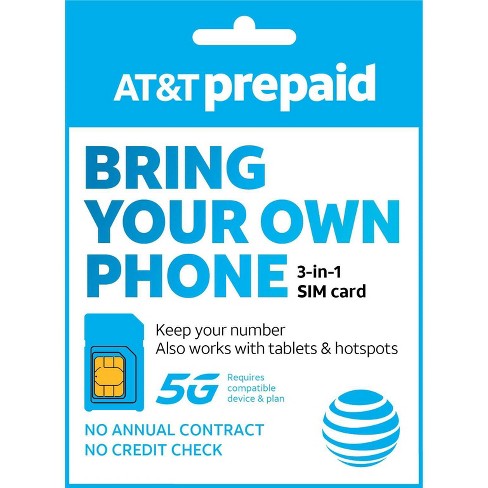

Most mobile hotspots are built for GSM networks, so if you’re a Verizon or Sprint user, you’ll need to find one that’s explicitly labeled as compatible with your network. AT&T and T-Mobile both use GSM networks, while Verizon and Sprint use CDMA networks.

Which wireless carrier do you currently use for your smartphone? It’s important to buy a mobile hotspot that will work with your current wireless carrier (otherwise, you won’t be able to get online). Some carriers have restrictions on international use and roaming, so check with your provider before you take off. If you’ll be traveling abroad with your mobile hotspot, make sure that your wireless carrier will support it in different countries. Here’s everything you need to know to find the perfect hotspot. The right mobile hotspot for you will vary on a few different factors, like your current wireless provider and the number of devices you’ve got. Whether you need to make sure everyone on your family vacation gets good WiFi, or you travel alone with multiple devices that need to connect to the web simultaneously, a mobile hotspot guarantees you’ve always got an internet connection. Naturally, mobile hotspots come with monthly subscription fees, but most wireless providers will give you a discount if you add it to your existing smartphone data plan. With a mobile hotspot, you can provide WiFi for multiple devices and even network them together - it’s basically a portable wireless router that uses carrier data. Mobile hotspots are small black boxes that have one job: they connect to a cellular data provider’s network and use it to power a standalone WiFi access point. WiFi can be hard to come by sometimes, and in those cases, the best option is often a mobile hotspot.


 0 kommentar(er)
0 kommentar(er)
